What are Biomes?
On this webpage we will focus on publications that address the topic of the title.
Biomes are large ecological units formed by sets of ecosystems that share climate, soil, vegetation and fauna characteristics. In Brazil, biomes represent the natural diversity of the territory and are home to an immense variety of plant and animal species, many of which are endemic or still little studied.
The main Brazilian biomes are: Amazon, Cerrado, Atlantic Forest, Caatinga, Pantanal and Pampa. Each one presents specific challenges that directly impact environmental preservation, such as fires, deforestation, uncontrolled urbanization and climate change.
Brazilian Biomes and their Importance
- Amazon: the world’s largest tropical forest, regulates the global climate and is home to thousands of species
- Cerrado: Brazilian savannah, essential for supplying aquifers
- Mata Atlântica: biodiversidade riquíssima e ameaçada pela ocupação urbana
- Pantanal: largest flooded plain, natural nursery for several aquatic and terrestrial species
- Caatinga: a uniquely Brazilian biome, resilient but vulnerable to desertification
- Pampa: natural field in the south of the country, important for livestock farming and conservation of herbivorous species
Illustrative images that characterize each Biome
- Amazon
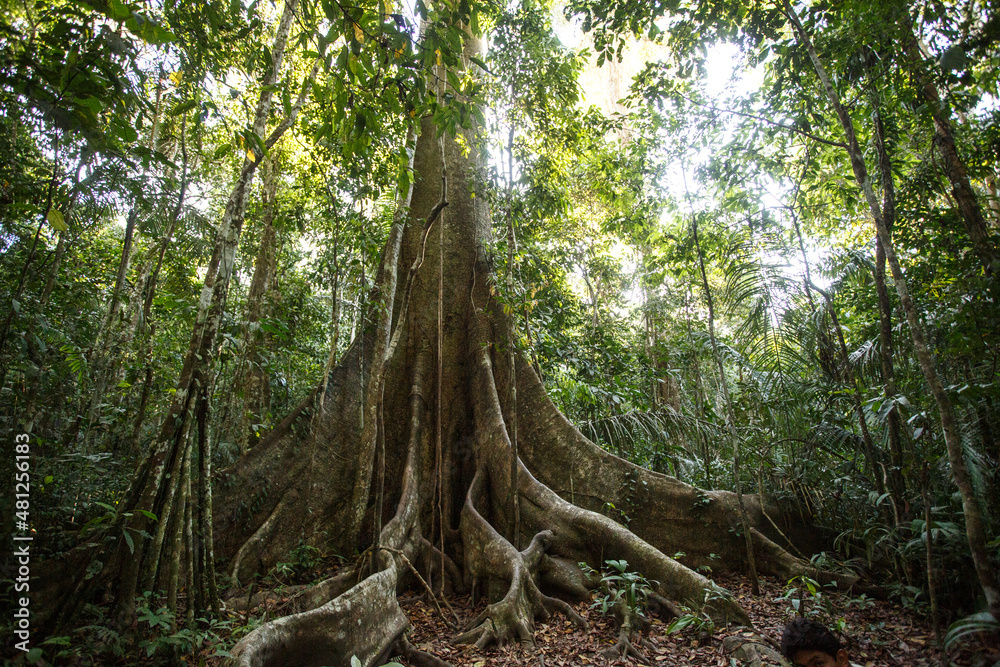
Amazon Biome
Typical Amazon tree
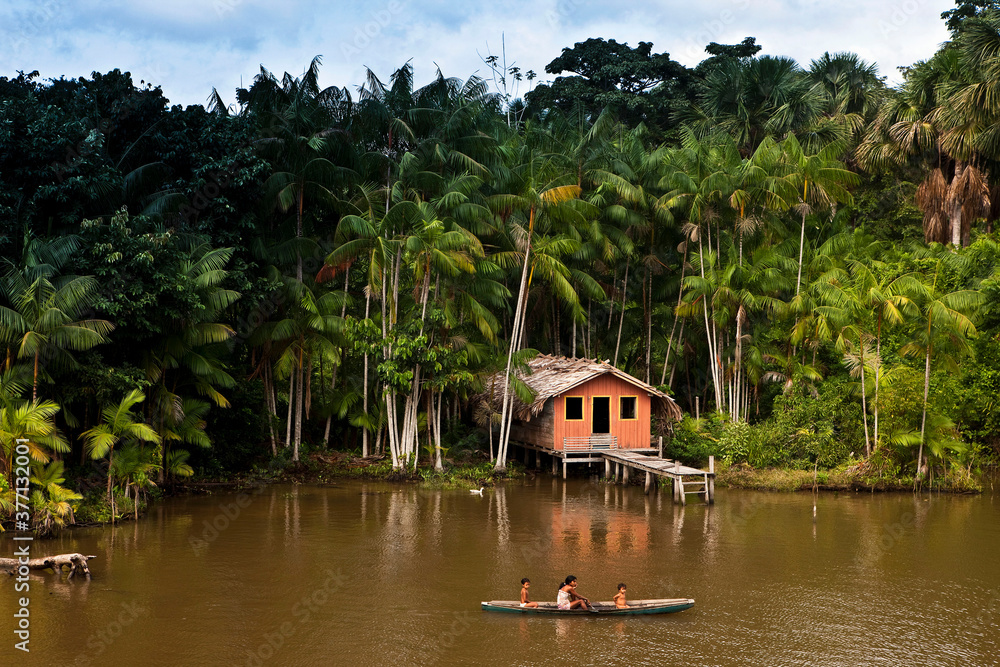
Representative image of the homes of the people who live within this biome. The rivers are the “roads” of the region and the population depends almost exclusively on them to move to other locations.
- Cerrado

The vegetation of the Cerrado is characterized by low, crooked trees, grasses and shrubs. It has a relatively flat or gently undulating relief, with the presence of plateaus and plateaus.

Among the wide variety of plant species found in this biome, the Pequi tree is a tree commonly found there. The “coconut” produced by this tree is appreciated and preferred by several species of local fauna.
- Mata Atlântica

Composed of tropical forest, it is home to a wide variety of flora and fauna species, including many endemic species.

The golden lion tamarin is a species endemic to the Atlantic Forest. It only lives in the coastal lowlands of the state of Rio de Janeiro. It is considered a symbol of Brazilian biodiversity and one of the primates most threatened with extinction due to the degradation of its natural habitat.
- Pantanal

It is a biome consisting mainly of a steppe savanna, mostly flooded, with 250,000 square kilometers in extension and an average altitude of 100 m.

The Tuiuiú is the symbolic bird of the Pantanal. It is a large stork that stands out for its beauty and importance to the ecosystem. This bird feeds on fish, mollusks, reptiles and insects, playing a crucial role in controlling the population of aquatic animals.
- Caatinga

The name “caatinga” comes from the Tupi-Guarani language and means “white forest”, due to the vegetation that loses its leaves in the dry season, leaving the landscape white. It is a biome exclusive to Brazil, characterized by a semi-arid climate with prolonged dry periods.
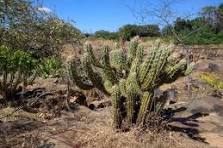
In the Caatinga, 97 species of cacti are registered, of which 41 are endemic and several of them are threatened with extinction.
- Pampa
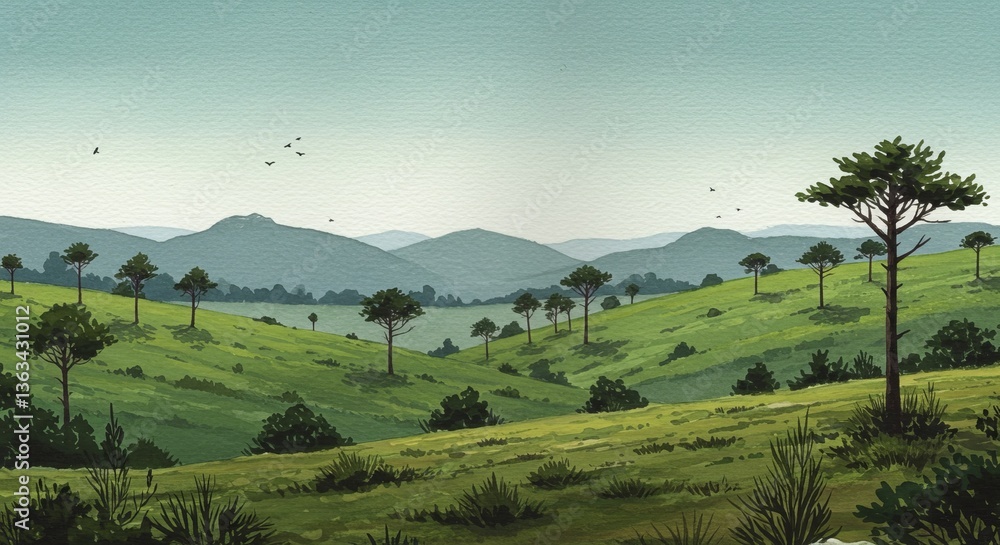
The Pampa biome, also known as Campanha Gaúcha, is an ecosystem of grassy plains and hills, located mainly in Rio Grande do Sul, Brazil. It has a temperate climate, with average temperatures of 18°C, and is characterized by a rich biodiversity, both in flora and fauna.

Chimarrão is a rich and essential tradition in the culture of the gaucho people, inhabitants of the pampa biome in Brazil. It is more than just a drink; it is a symbol of hospitality and coexistence. It is a way of welcoming and sharing, transmitting values of friendship and tradition.
Location on the Map of Brazilian Biomes
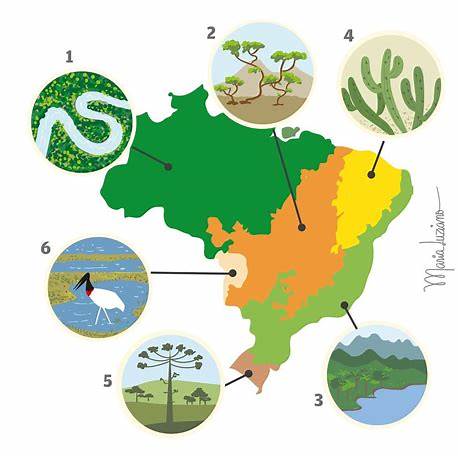
- Amazon
- Cerrado
- Mata Atlântica
- Caatinga
- Pampa
- Pantanal

